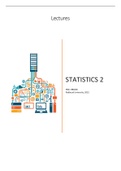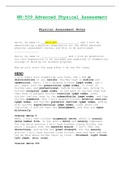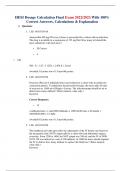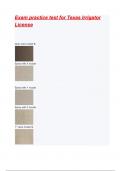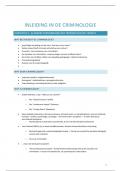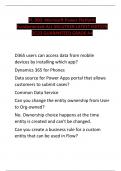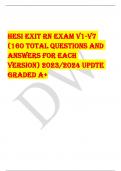College aantekeningen
Summary of the Lectures of Statistics 2 - 2021/2022 + Additional Summary of the homework module
- Instelling
- Radboud Universiteit Nijmegen (RU)
A complete summary with notes of the Statistics 2 lectures from 2021/2022 given by Peter Klaren. There is an additional summary of the online e-learning module "Systematic Reviews of Animal Studies" that was mandatory homework for one of the guest lectures.
[Meer zien]
